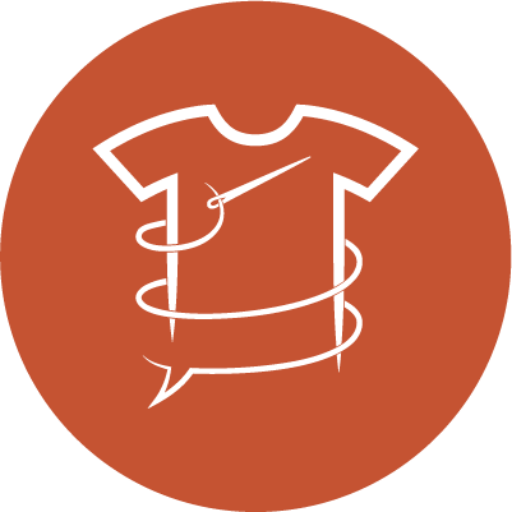Making

Where does your T-shirt come from?
Most people don’t know where their clothes are made, or what it takes to make them. Learning about who made your clothes, and how they were produced can change how you see and value them. The network of companies and people involved in the production and delivery of a piece of clothing is called its supply chain. As each successive step adds value to the materials, this chain is also called a value network. For example, to make a cotton T-shirt – like the one co-designed by the students from Rotterdam and Erode – there are roughly eight steps in this value network: growing cotton, ginning, yarn spinning, knitting, washing, dyeing and fabric finishing, confectioning and printing, transport and export. In this chapter you’ll get a glimpse of the land where the cotton for this T-shirt was grown and meet some of the people who helped make it.
Making the project T-shirt
The project T-shirt was produced by Raddis Cotton. “Raddis” stands for ‘Radically Disruptive’. Unlike the usual practices in the garment industry, Raddis believes that everyone who contributes to the process deserves recognition. Raddis Cotton is a “for impact” organization that focuses on regenerative organic cotton farming as a part of a sustainable and fair value network. Their involvement starts with the cotton seeds and continues all the way to the finished garment. Since the cotton they create is recyclable, they also consider the afterlife of the garment.

Cotton being harvested. Photo: Raddis Cotton.
As mentioned earlier, there are roughly eight stages to the production process: growing cotton, ginning, yarn spinning, washing, dyeing and fabric finishing, confectioning and printing, transport and export. The entire production cycle takes almost a year. It takes six months from sowing the seeds to harvesting the cotton. Then, ginning and spinning take another two months. Once the yarn is ready, it takes three more months to weave or knit the fabric and stitch the garment. Finally, transportation and logistics take an additional month before the garment reaches its buyers. Below, each of these stages is explained in more detail.

Three women cotton farmers in Pachipenta Mandal, Andhra Pradesh, India with the project T-shirt. Photo: Raddis Cotton.
Empowering garment workers
The garment industry employs many workers, and labor conditions vary widely. While some companies strive to pay a ‘livable wage’ and enforce high health and safety standards, many still fall short, leading to exploitative, unsafe working conditions. The NGO READ (Rights Education and Development Centre), located in Sathyamangalam at the heart of Tamil Nadu’s garment industry, works to empower garment workers, many of whom are women, young, and from marginalized communities. READ conducts regular training sessions for workers and companies facing precarious working conditions.
During the project, READ organized several workshops where their employees collaborated with other team members to identify the challenges garment workers face.

Workshop interaction at READ India. Photo: Erik de Maaker.
The LGGB project team conducted several workshops with employees of the NGO READ, discussing the dilemmas faced by the garment industry and its workers. Production: LGGB-team.
At the READ office in Sathyamangalam READ employees and other team members mapped the most profound challenges facing the garment industry workers in Tamil Nadu.
READ employees interview each other about caste-related inequality in the garment industry. Production: LGGB-team.
READ employees interview each other about the working conditions in the garment industry, and possible solutions they envisage. Production: LGGB-team.
At another workshop conducted with READ, the employees were asked to identify the main issues faced by workers in the garment industry and to suggest ways they could be addressed.

READ employees being filmed while interviewing each other, against the backdrop of the Biligiri Hills. Photo: Mayke Groffen.

